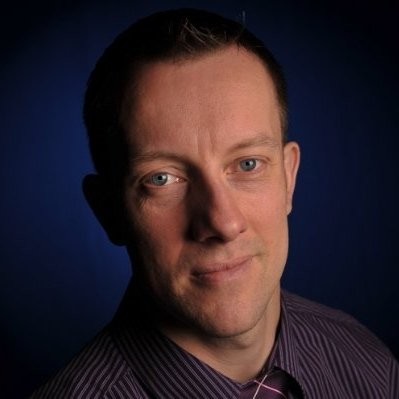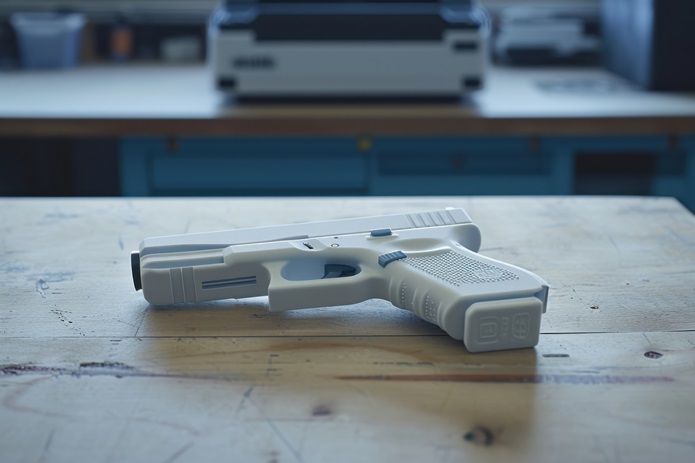Crime scene investigations have entered an era unimaginable even a couple of decades ago. Dan Sharp, Senior Imaging Officer and Manager at West Yorkshire Police, Regional Imaging Unit, Scientific Support Services, discusses how technological advancements like laser scanning, 3D printing, and VR visualisation have transformed crime scene investigations at West Yorkshire Police.

The Digital Leap: Adopting Laser Scanners
Dan’s journey with laser scanning commenced in 2008 when the West Yorkshire Police became the first police force in the UK to acquire a Leica scanner. Their initial purchase was the HDS 6000, and over the years, they have upgraded to the RTC360 laser scanner, reflecting their commitment to utilising the best available technology in crime scene investigations.

Leica RTC360 laser scanner
Forensic teams at the West Yorkshire Police use laser scanners to capture every detail at a crime scene. The rationale behind adopting laser scanning technology was to account for every detail within a crime scene that could turn up as relevant evidence later. Laser scanning provided them with a bulletproof way to capture comprehensive data, ending the age-old conundrum of missing out on critical pieces of evidence that could crack open a case.
“99% of the time, we will choose a laser scanner
because it captures everything we’ve found that we need to capture.”

Dan Sharp, Senior Imaging Officer and Manager at West Yorkshire Police
Delivering Courtroom Evidence, the 3D Way
The 3D laser scanning technology used by forensic teams at West Yorkshire Police has fundamentally changed the way crime scene data is captured and utilised in legal proceedings. Much of the data derived from 3D laser scanners translates into 2D plans, catering to the court’s frequent requirement for straightforward layouts and exterior scenes to make sense of crime scenes.
However, Dan Sharp highlights that their team recognised the diverse understanding capabilities of individuals involved in court proceedings. This understanding sparked a shift towards delivering 3D views and, at times, even solid 3D models for increased clarity and comprehension.
The transition towards 3D laser scanning was driven by a crucial need—to capture complete data at the time of the investigation. Sharp explains that on many occasions, specific measurements or details not deemed relevant initially have come into focus months after capturing the crime scene. Traditional methods failed to account for these nuances, lacking the capacity to retrieve this information at a later stage.
With 3D laser scanning, the team can now acutely document every element within a crime scene, ensuring no detail escapes their analysis. This comprehensive data acquisition approach ensures they’re equipped with all relevant data retrospectively, underscoring the undeniable evidence that converges on verity and justice.
3D Printing: Holding Evidence in Hands
In 2015, the West Yorkshire Police made their foray into 3D printing. This emerging technology has made it possible to recreate real objects used in crimes, such as weapons, providing an unparalleled perspective to the investigation teams and the jury.

It allows everyone involved in the case to physically hold and view the evidence, making it easier to understand the dynamics of the crime.

Venturing into the Future with VR
When asked about technologies they aim to incorporate in the future, Dan points towards Virtual Reality (VR). They intend to immerse the jury in the crime scene by using VR headsets, allowing them to explore the crime scene in a virtual environment. The team is currently developing techniques to convert scan data or a model of the scan data to a VR scene that judges and jurors can explore.

This inspiring outlook towards incorporating cutting-edge technology within forensic investigations portrays the dedication of the West Yorkshire Police towards delivering justice. It truly reflects the transformations in the field of crime scene investigation. It demonstrates the potential of the incredible technological bursts waiting to rocket-launch the discipline into a future generation marked by unrivalled accuracy and efficiency.
Watch the video interview with Dan Sharp to learn more:















